
2 minute read
The Artistic Process in Early Childhood
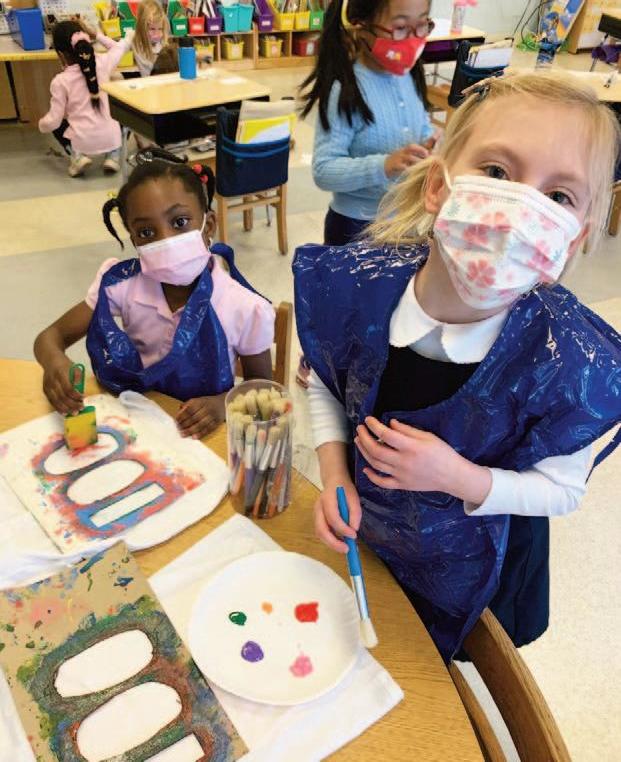
We parents often display our young children’s art on the refrigerator. Just as often, we guiltily toss a project or two into the trash. After all, what is that scribble supposed to be, anyway? Isn’t that just a bit of stale pasta glued to a piece of paper? Even when we proudly display or even frame a piece, many parents focus on the end result: what did my child make?
The Artistic Process
in Early Childhood Early Childhood Director Kelly Flink explains that the primary purpose behind artistic activities in the classroom is the process. The final product, whether impressive or forgettable, is secondary. The teachers motivate kids through various materials requiring different techniques and skills to manipulate.
Teachers are developing the following skills when they devise creative hands-on projects: • A sense of agency when faced with a blank paper • Ability to develop a plan and make decisions • Exploration of cause and effect • Self-expression and imagination • Exposure to different approaches by peers • Problem-solving • Self-control • Fine-motor skills (proper grip and control of scissors, brushes, pens, glue)
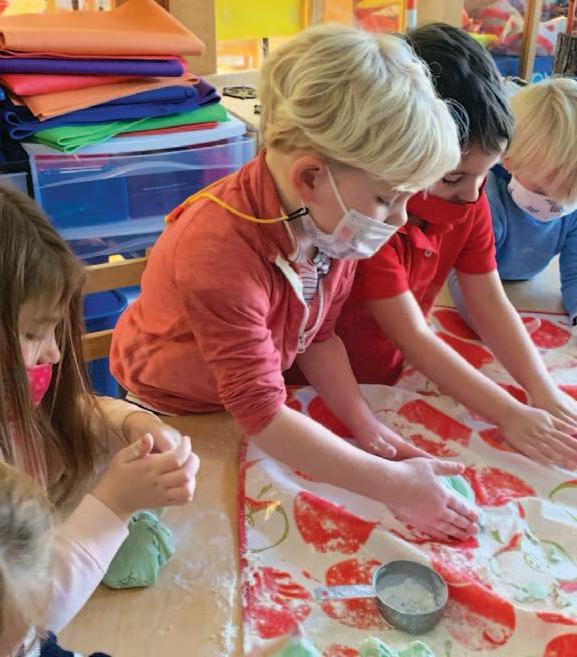
Math fundamentals are explored as children count, measure, compare, and anticipate use of space. Literacy skills are seeded with the movement of a brush from left to right. Children go from asking teachers to label their work through their own dictation to labeling their own drawings as their earliest writing practice. Rather than asking your child, “What is that?”, Flink encourages parents to use a different lens. Just as their teachers do, ask the student: How were you feeling? What were you thinking about? What did you do first? I love the colors you chose.
Art also functions in the service of social emotional learning. It offers children a chance to take risks and to believe in themselves, especially following failure. When they see their work displayed on the wall for everyone to admire, they see themselves individually and as part of a group. This confidence in their own ideas will extend to other creative endeavors in 1st and 2nd Grades and beyond. Age Two The discovery of two different colors mixing to make a new color is magic.
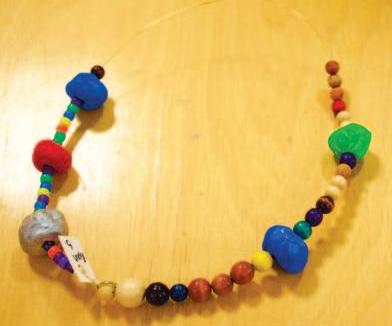
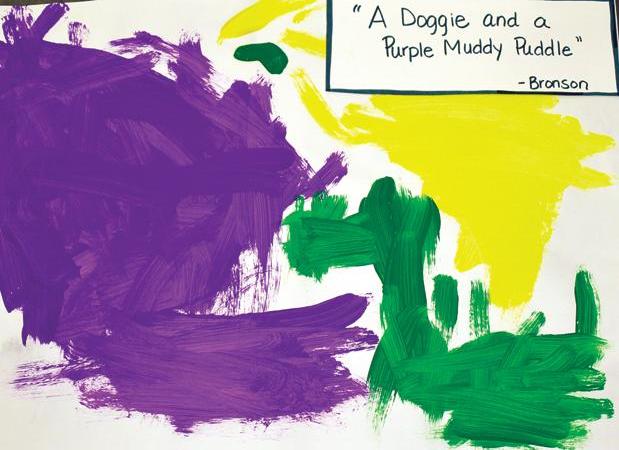
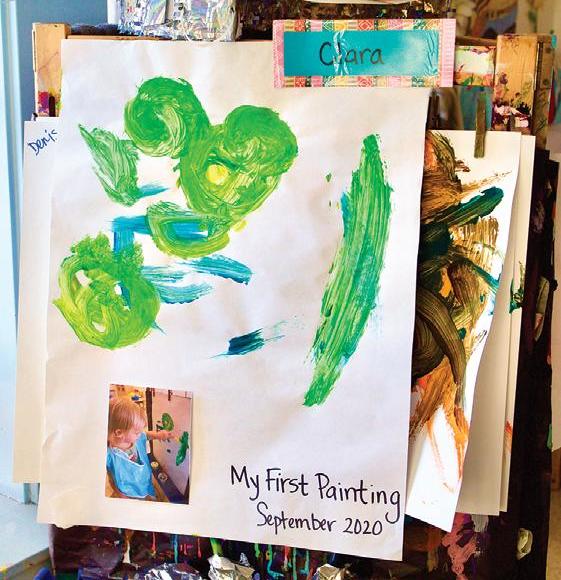
Age Three
The child applies abstract thought to what he has done.
Age Four
This depicts an active four-yearold learner. This child makes large beads out of clay. He exercises patience as he lets them dry. He practices math foundations as he invents and executes a pattern: alternating seven small beads and one large bead. In the process, beads fall off and he has to remain calm and start again.
Age Five
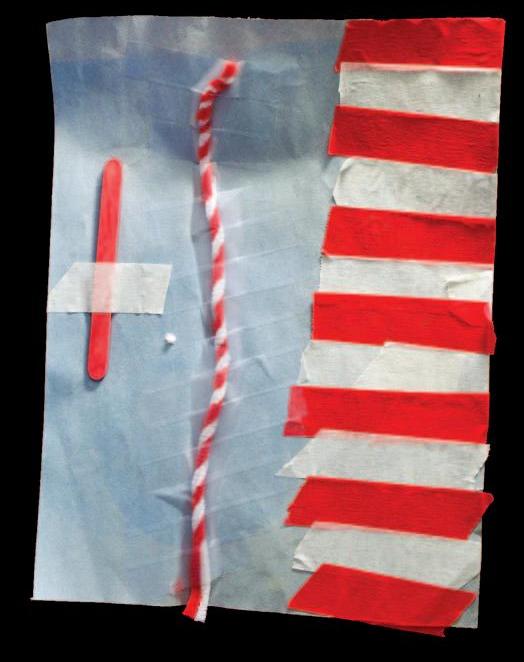
This is evidence of a mind on fire with ideas. Pattern is clearly mastered with three different ways to alternate red and white. The use of multiple materials reflects planning and ambition. This artist demonstrated a growing attention span, working on this for quite a while. The stick and the white tape is also a process. The child shows an understanding of measurement to make the stripes the same height.











